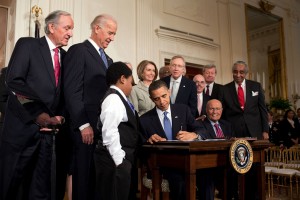Children’s Hospital Chief Says Her “North Star” Is Good Health for All Kids
When Peggy Troy returned to the Milwaukee area about eight years ago to become president and CEO of Children’s Hospital of Wisconsin, she was struck by the disparities in children’s health she found. She had been a hospital executive in Memphis and expected that things were better overall in Milwaukee. But when it came to medical issues affecting thousands of children in high-poverty neighborhoods, that wasn’t really the case. The disparities in Milwaukee’s central city were some of the worst in the nation.
Since then, Troy has been a central figure in accelerating the efforts by Children’s and many community partners to improve the overall health of children in Milwaukee and throughout Wisconsin. While the national reputation of Children’s for its medical work has continued to rise, the mission statement for the institution goes beyond delivering care for patients. It is to make Wisconsin’s children the healthiest in the nation.
That broader mission was Troy’s focus during an “On the Issues with Mike Gousha” program at Marquette Law School on Thursday.


